
The Red River flows through the old Yen Bai province with a length of about 120 km, winding through the mountains and hills like a soft silk strip. From the old Yen Bai province, the Red River narrows, has many rapids and waterfalls and the water flows more rapidly. According to many published research documents, the Red River from Phu Tho province to Lao Cai province has many marks of ancient Vietnamese people from the Paleolithic period (belonging to Son Vi culture), the early bronze and iron period (Dong Son culture) to feudal dynasties such as Tran, Le... The Red River flowing through the old Yen Bai province is also considered one of the "cradles" of the Red River civilization with many archaeological deposits. The depth and diversity of culture have left this land with many historical relics and spiritual tourist attractions associated with the lives of Vietnamese people.
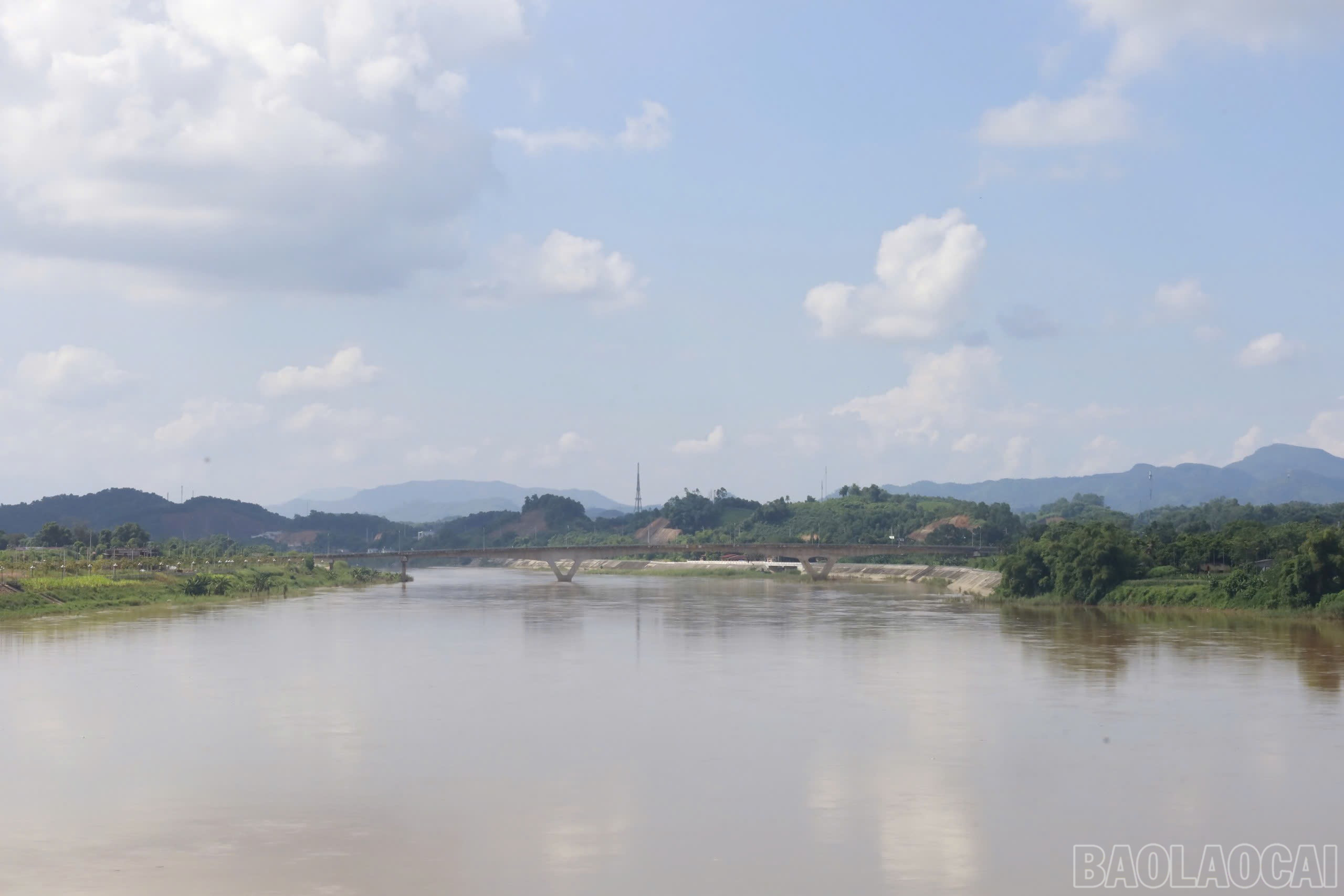
From Yen Bai ward, we continued along the left bank of the Red River, and stopped at Au Lau ferry - a place that marked a part of the heroic history in the struggle against invaders of the people of all ethnic groups in Yen Bai province (old). The river wharf played an important role in transporting weapons, equipment, and forces from Viet Bac to the Northwest, contributing significantly to the success of the Dien Bien Phu campaign - "famous in five continents, shaking the earth". After the country was unified, Au Lau ferry continued to operate and built into a key unit of the Yen Bai transport sector. By the end of 1992, Yen Bai bridge was inaugurated and put into operation, when Au Lau wharf ended its mission. With that historical significance and value, Yen Bai province (old) built the monument "Historical Au Lau wharf" at the old Au Lau ferry wharf. Today, the historic Ben Au Lau monument is not only a symbol of the indomitable spirit of those who fought and sacrificed to regain independence and freedom for the Fatherland, but also a tourist destination visited by many history-loving tourists whenever they have the opportunity to visit Yen Bai.
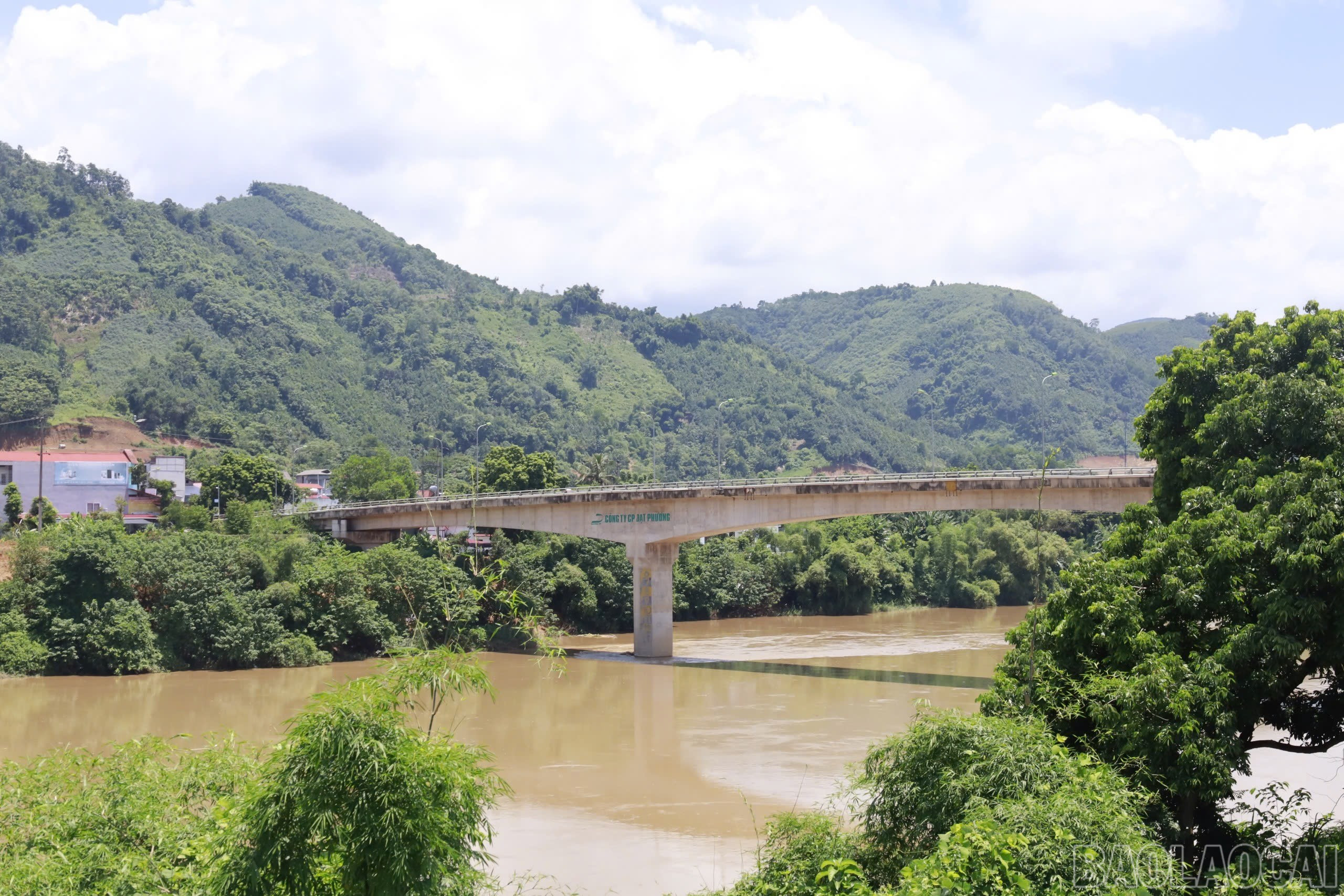
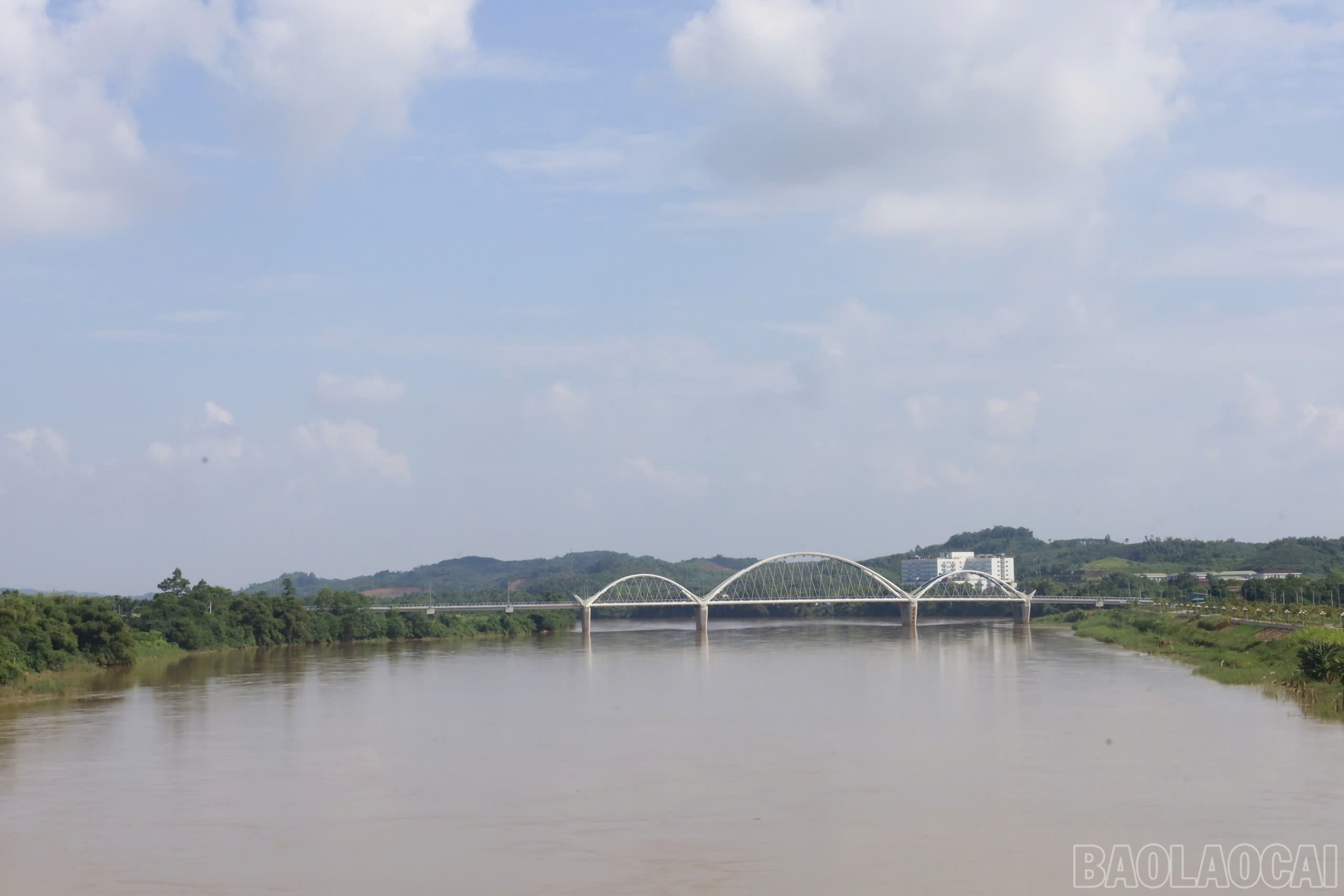
Continuing the journey up the Red River, we were particularly impressed by the development of traffic connections in Yen Bai province (old) with 8 bridges built connecting the two banks of the Red River, making it convenient to travel between the two banks. Not only playing a good connecting role, many bridges are designed with quite impressive architecture (Yen Bai bridge, Bach Lam bridge, Gioi Phien bridge...) suitable for tourists to check-in and capture beautiful moments on the journey along the Red River.

About 50 km from Yen Bai ward, we visited Dong Cuong temple, an important place for practicing Mother Goddess worship in the upper reaches of the Red River, which has been recognized as a national historical and cultural relic. The temple is considered by many folklore researchers to be the origin of the worship of Mother Goddess of the Upper Realm (also known as the Second Mother Goddess) - the second most important holy mother, governing the mountainous region in the Mother Goddess worship system of the Vietnamese people. The temple is also a place to burn incense and remember the merits of local ethnic minority leaders who made great contributions in the resistance war against the invading Yuan-Mongol army such as Ha Dac, Ha Chuong, and Ha Bong. This is also the place to worship 5 Tay ethnic militiamen who sacrificed their lives in the resistance war against French colonialism (1913 - 1914).
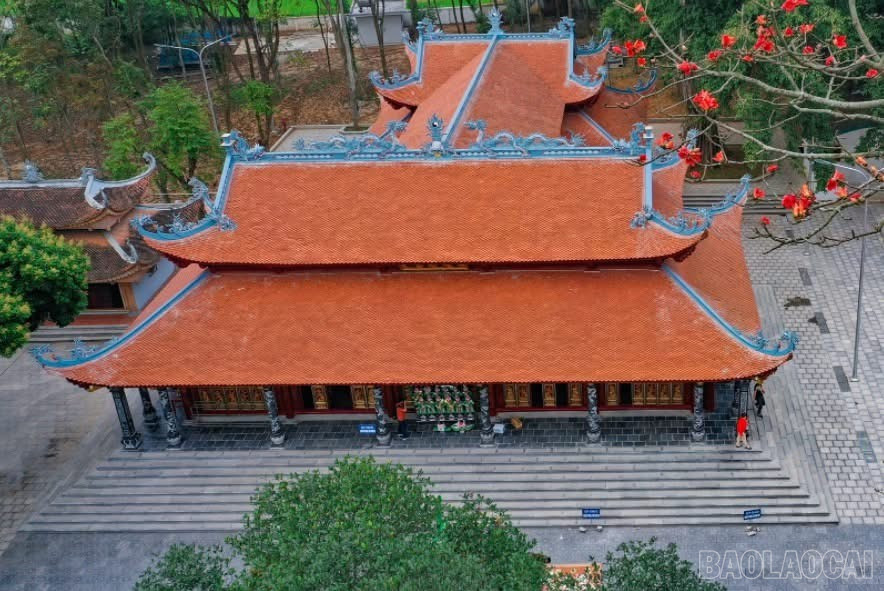
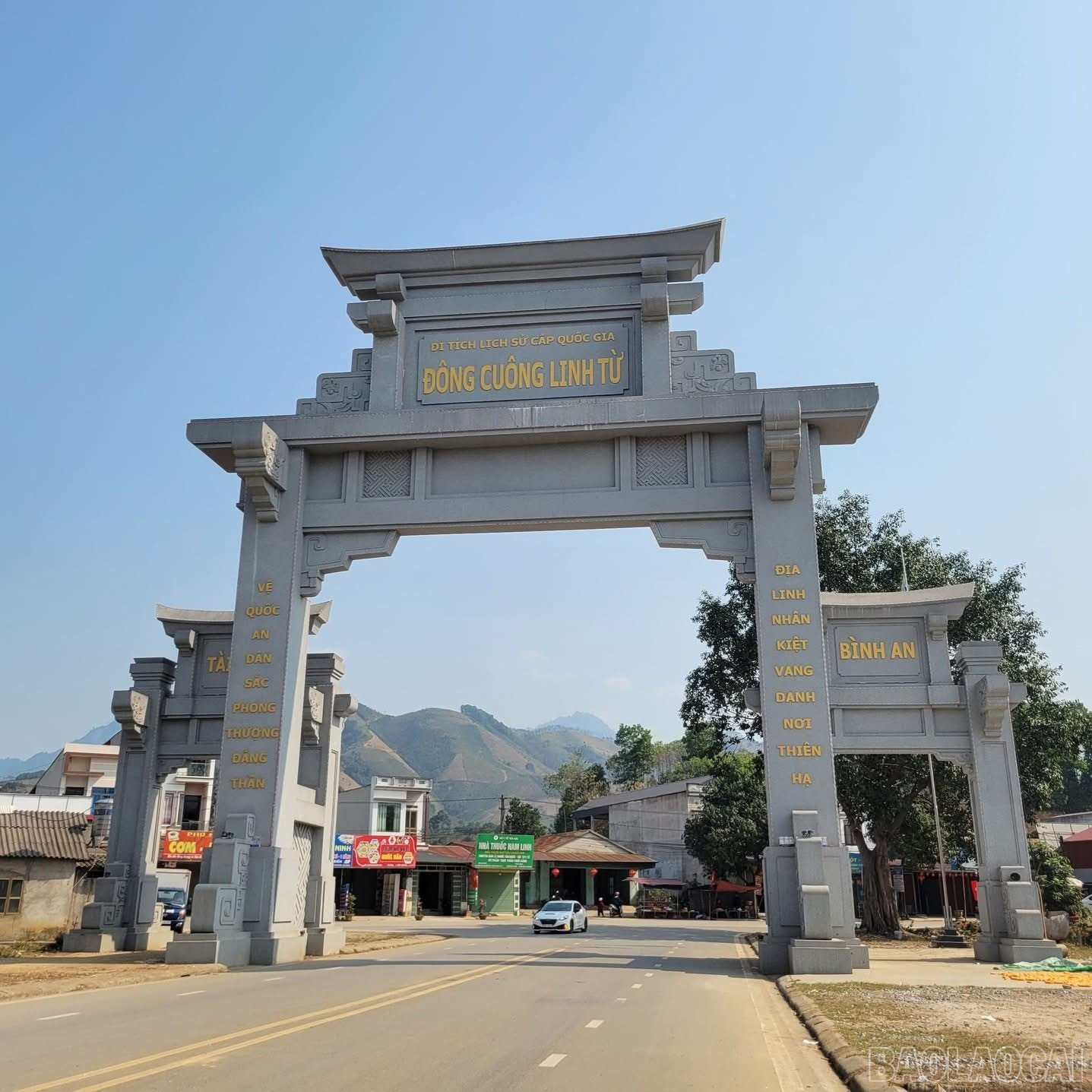
When arriving at Dong Cuong Temple, from afar, we saw an ancient banyan tree spreading its shade, which further enhanced the ancient look of the temple. Dong Cuong Temple was built in the style of temples and pagodas of the Ly and Tran dynasties with a T-shaped structure, including a main worship hall and a forbidden palace associated with the space for practicing the Vietnamese Mother Goddess worship. The temple roof is designed with a curved shape of two dragons facing the sun. The temple pillars are made of four-piece wood, painted with red and gilded dragons, solemnly curled. Many locations are meticulously and delicately carved with the four sacred animals and flowers and leaves, bringing many artistic values. The temple grounds are expanded, with lush green trees spreading their shade. Dotted with peach and plum forests in full bloom...
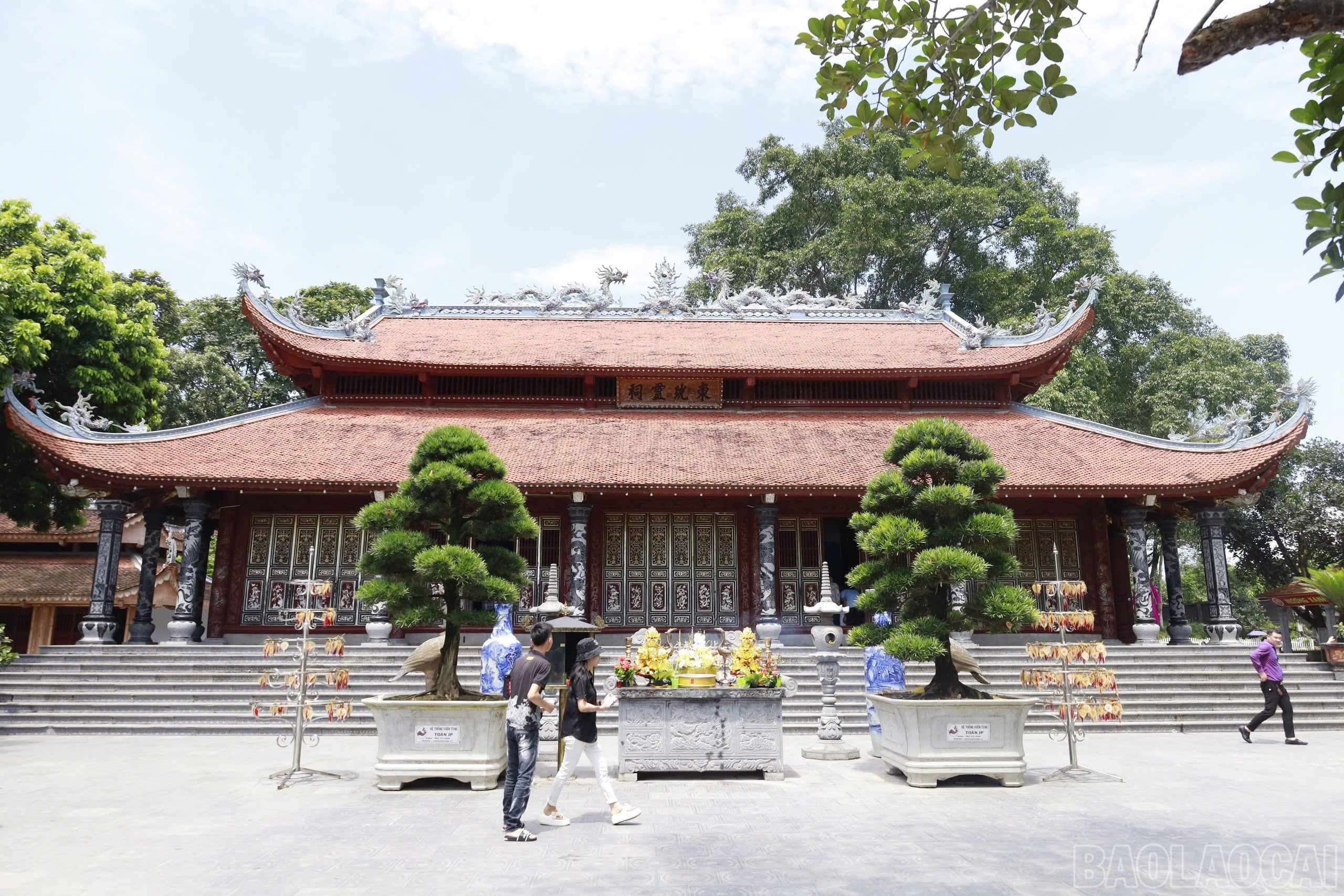
The Dong Cuong temple complex also includes the Mau temple, the Co temple, the Cau temple, the mountain villa, the divine temple and the Duc Ong temple located on the other side of the Red River. The temple still preserves and worships the statue of the Second Mother of the Upper Realm and many ancient statues and precious antiques. With its location leaning on the shape of the river and mountains, the charming natural scenery as beautiful as a watercolor painting, Dong Cuong temple is not only a historical relic, a spiritual destination but also a beautiful landscape that tourists from all over come to worship and enjoy.

Exhausted after a long journey, we chose a resort complex associated with traditional medicine therapy to restore our health before continuing our journey of discovery along the Red River.
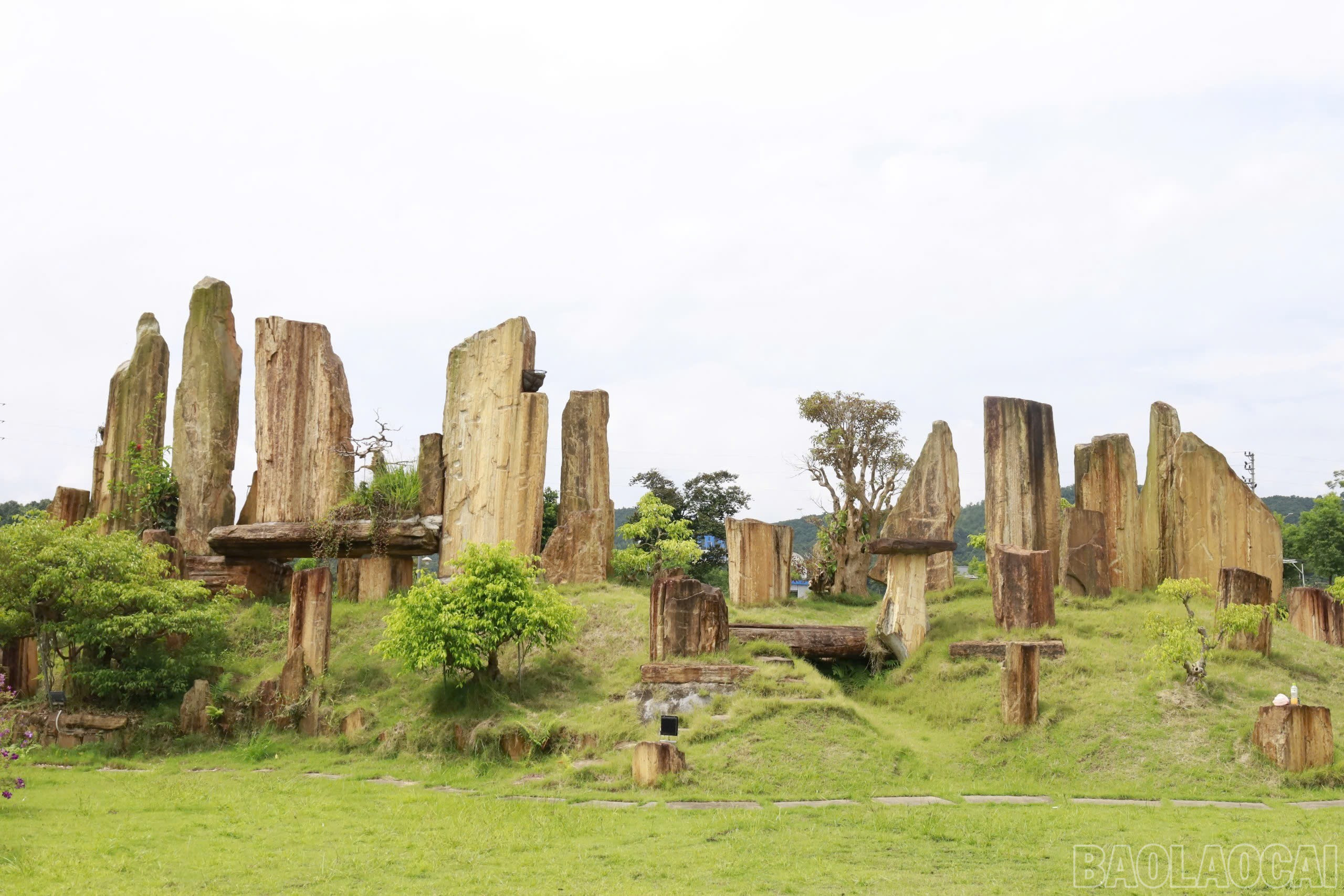
The place we went to was Dai Phu An - a high-class resort complex located in Van Yen commune. Amidst the mountain scenery, Dai Phu An grew up luxuriously, comfortably, providing full high-class resort services for tourists. The resort was designed in a traditional and modern architectural style. Each villa has large balconies to catch the wind, enjoying the feeling of being close to nature. The small paths between the villas are covered with green trees, shaded by many precious medicinal plants. In the middle of the clear blue lake is the image of a large ship, a scene like in the middle of Europe.
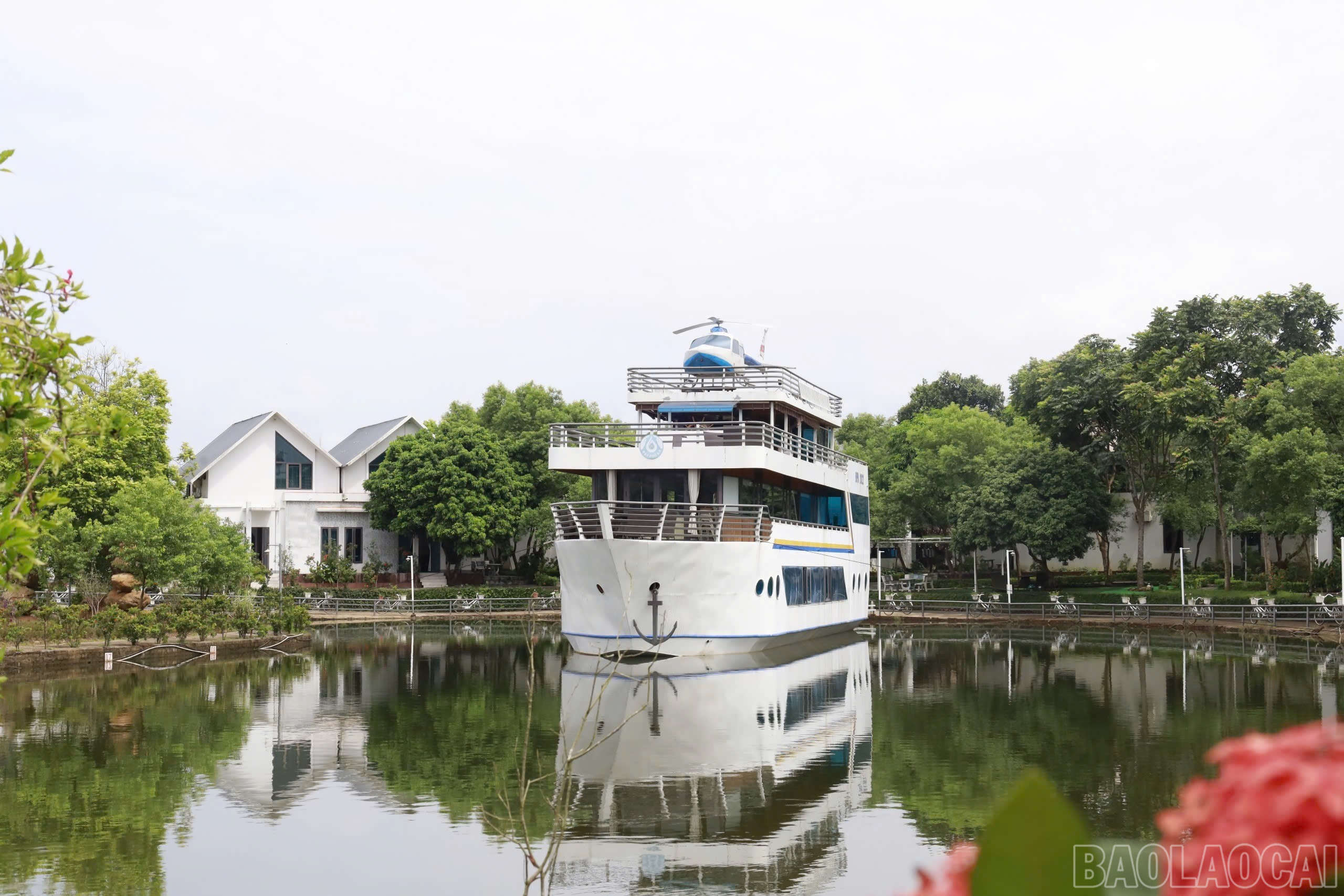
In addition to the villas, the resort also has large wooden houses that provide traditional oriental health care services. Walking on the roads, breathing the fresh, cool air typical of the Northwest mountains, we seemed to forget the fatigue of our bodies after a long journey.
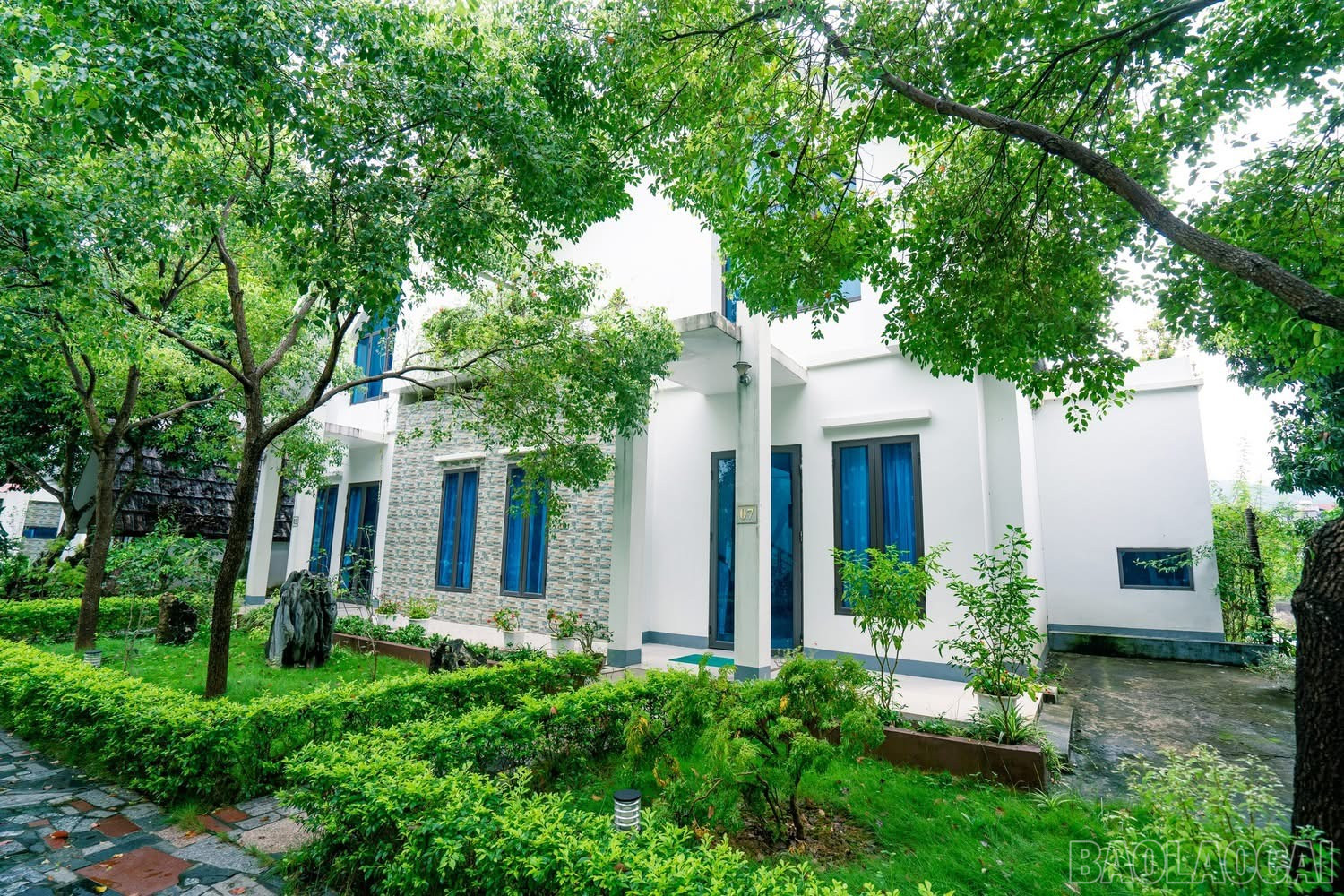
Not only the landscape, Dai Phu An's culinary center also provides extremely high-quality meals. All clean foods are organically grown at Dai Phu An's independent farm. Providing the freshest, cleanest and safest source of ingredients for cooking. The daily menu combines local cuisine with healthy dishes, served according to the physical condition and treatment regimen of each customer.
After walking around and enjoying the fresh air at the resort, we began to learn about the health care services here. A resort staff introduced: “At Dai Phu An, you will be completely assured with the comprehensive health care process, including traditional medicine examination, detoxification products, herbal baths, detoxification steam baths, therapeutic massages and medicinal food. The unique health care process helps you to completely relax. Comfortable spirit, effective support for recovery and energy regeneration".
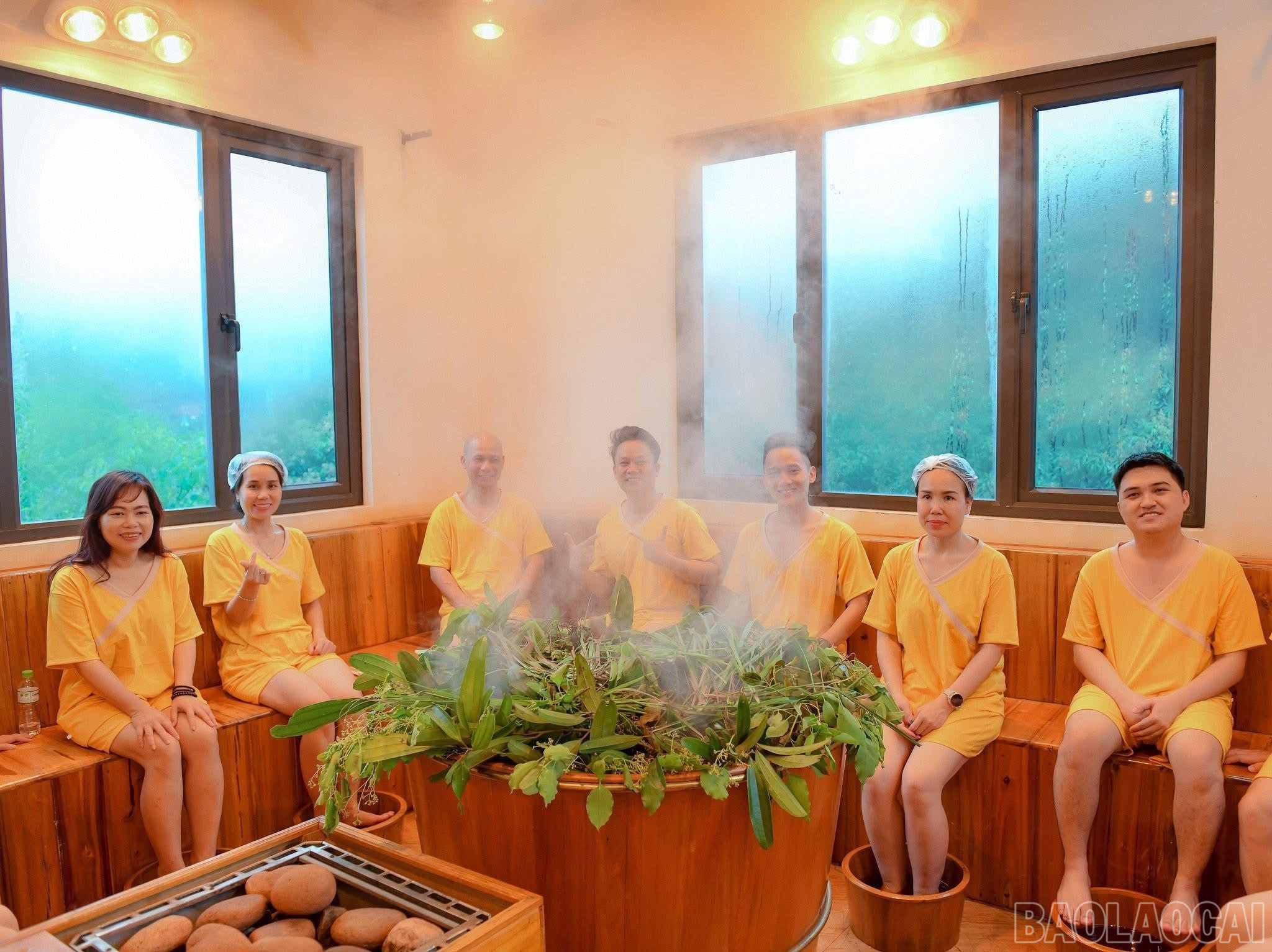
Not missing the opportunity to enjoy those services, we started to experience according to the introduction procedures. I was particularly impressed with the sauna room. The small room was paneled with wood and most of the furniture was made of wood. The space was delicately designed, imbued with local culture, combining unique health care treatments.


The masseuse gently played a melodious instrumental song, the scent of essential oils wafted in the air, and at times I felt like I was falling asleep while being cared for by the staff. All my fatigue seemed to disappear, all my worries were erased, I relaxed, enjoying the comfort this moment brought. That night at Dai Phu An, I felt like I slept better, a deep and relaxing sleep. A complete journey when both my health and spirit were cherished and cared for.
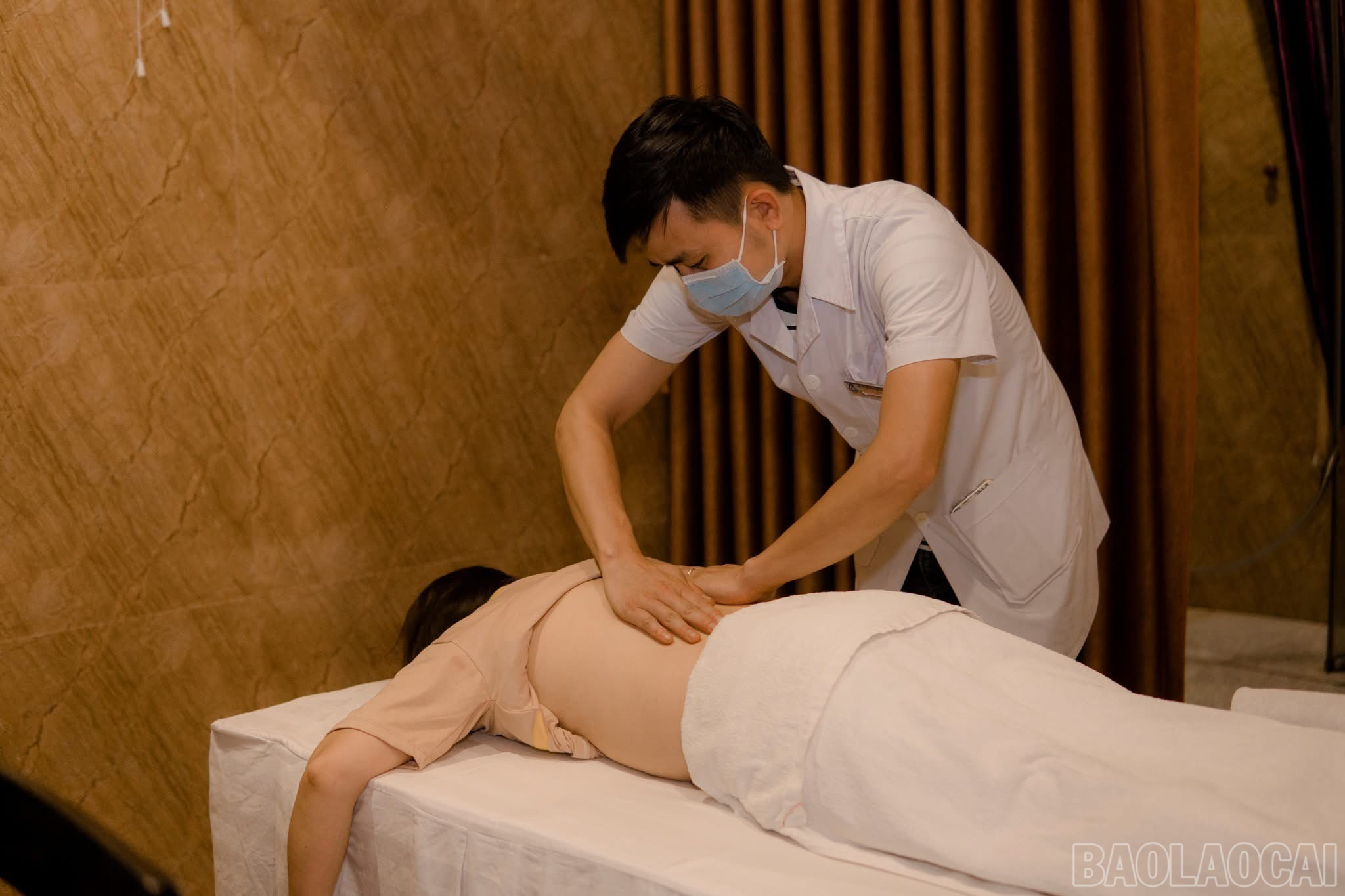
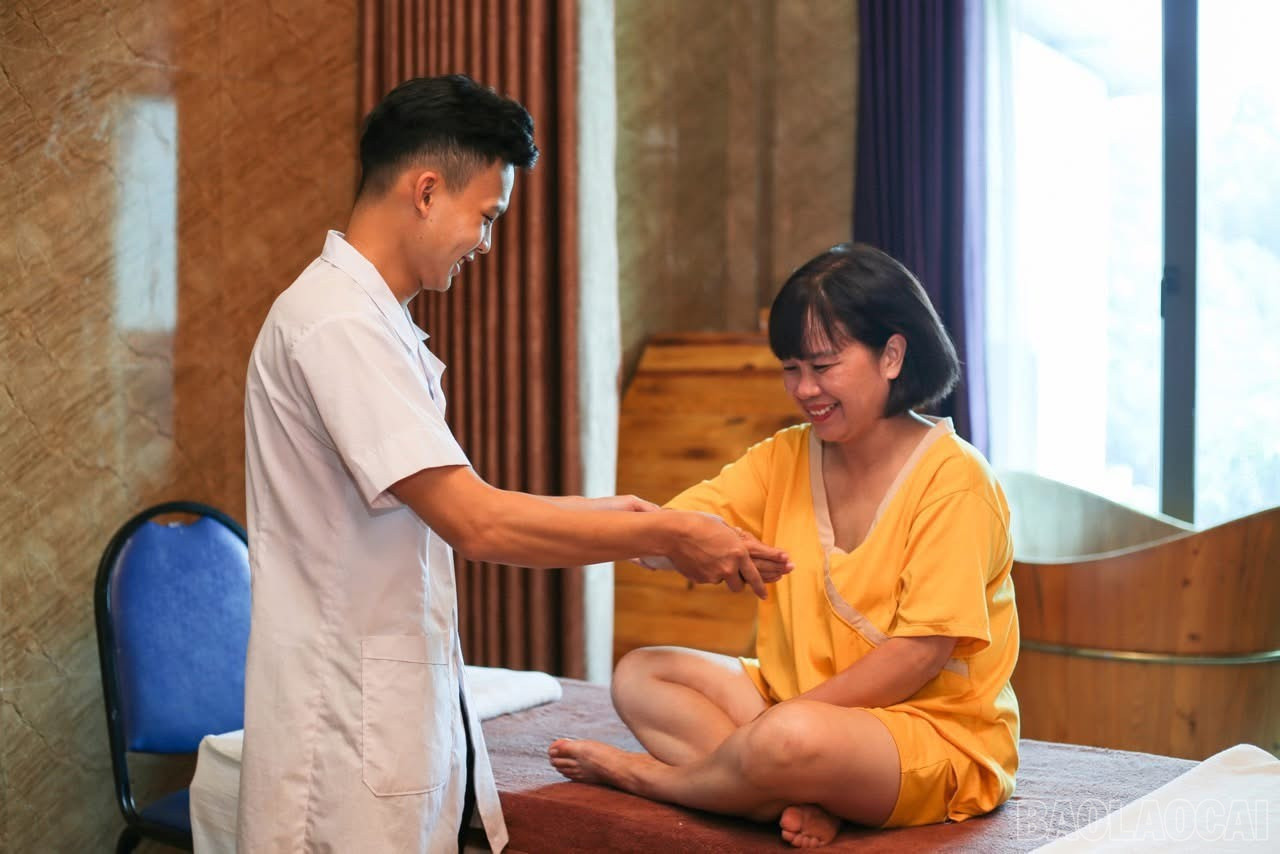
Not just a trip, coming to Dai Phu An, we had the opportunity to recharge our batteries and fully enjoy the relaxation in the heart of the Northwest nature. Leaving Dai Phu An to continue the journey to "where the Red River flows into Vietnam", I thought about the promise to return to this place in winter. In the cold of the end of the year, what could be more wonderful than immersing yourself in cozy wooden houses, fragrant with the scent of herbs, relaxing your body in the steam from natural, rare medicinal herbs or making and enjoying delicious cups of local specialty tea...
Source: https://baolaocai.vn/ngay-7-mot-ngay-chua-lanh-post399180.html










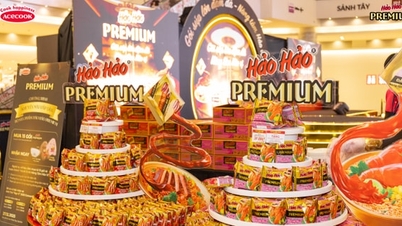


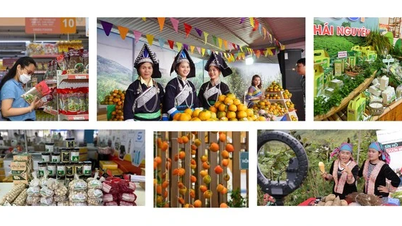
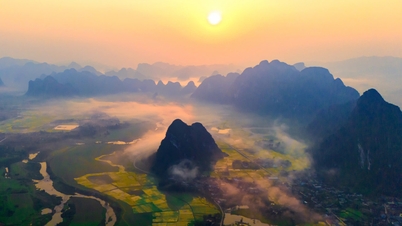
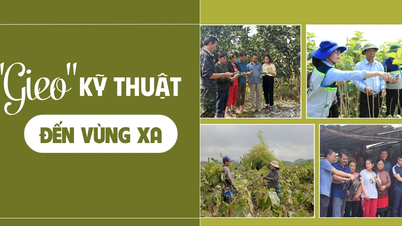






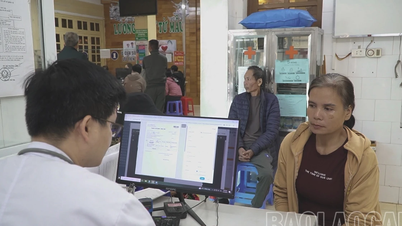












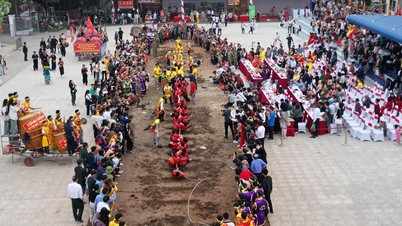

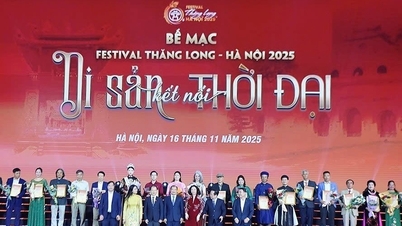





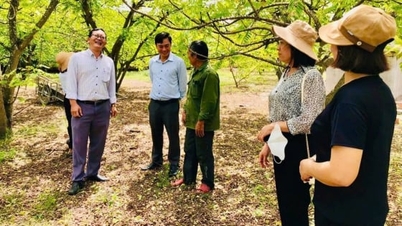







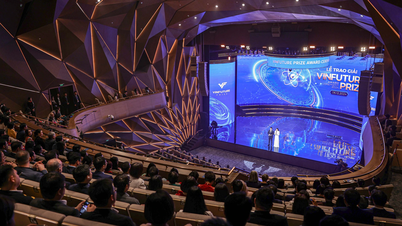

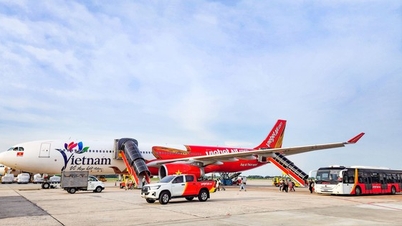

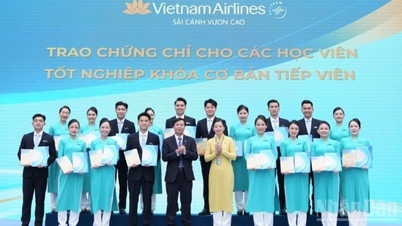
















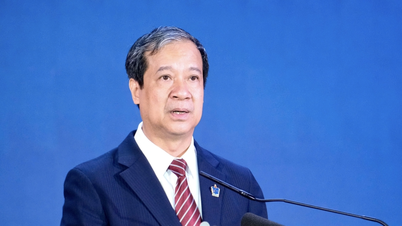


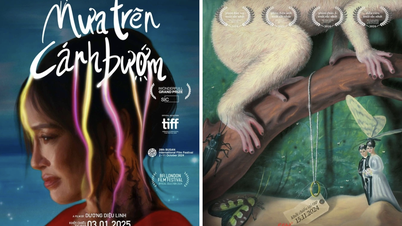
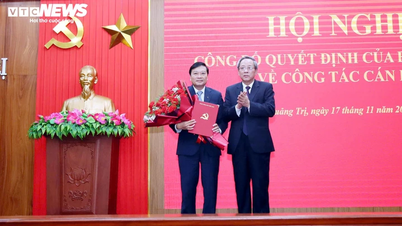




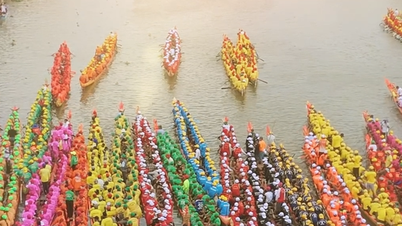






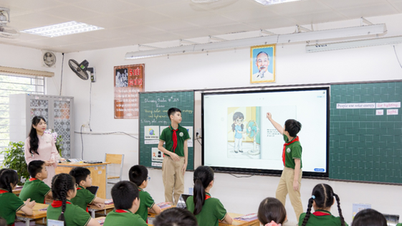
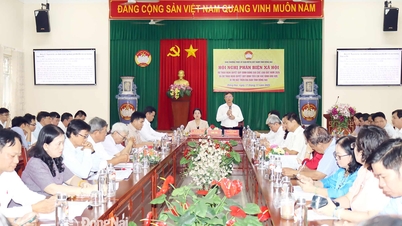

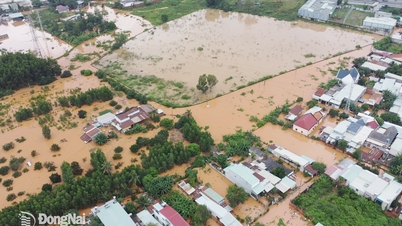
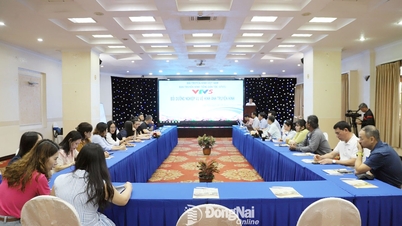













Comment (0)